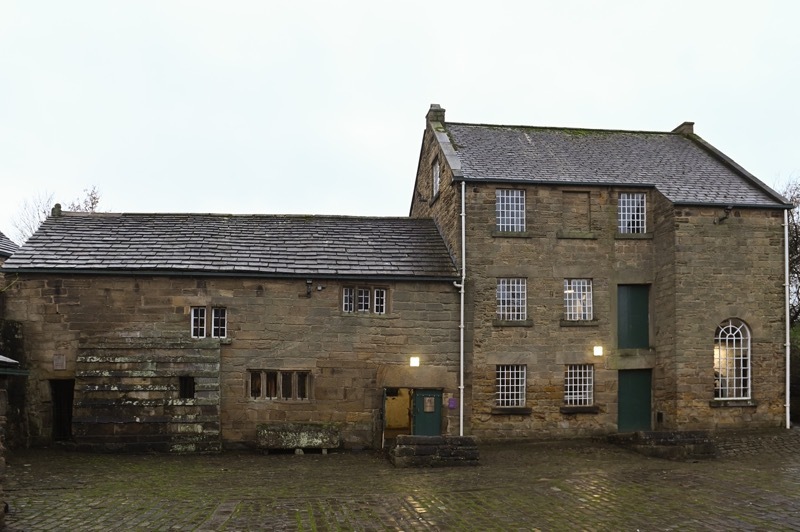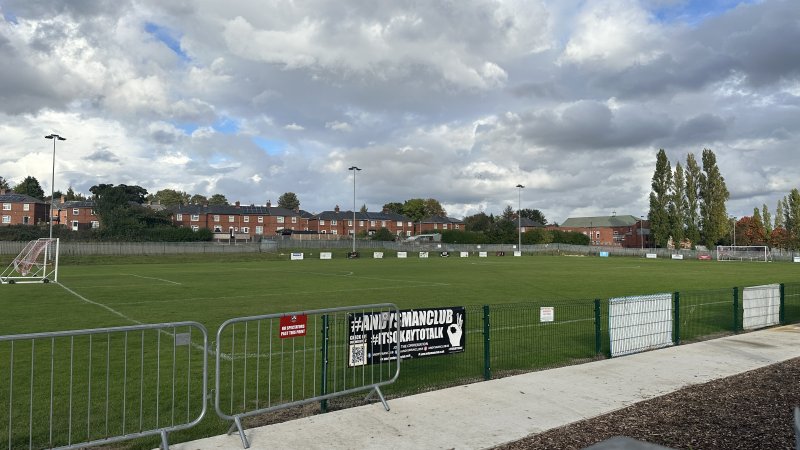ONE of the few remaining in-use mills in Yorkshire had its four-century history plunged into doubt earlier this year - until funding was found to save Worsbrough Mill. Josh Timlin delved into its past and its brighter future&
Worsbrough Mill’s often described as one of the jewels in Barnsley’s crown and it’s not hard to see why within moments of entering its 240-acre grounds.
It’s a symbol of the town’s hard-working, industrial past but more than that offers a hint of paradise for wildlife lovers, walkers and anglers just a stone’s throw from the hustle and bustle of Sheffield Road, a major commuting belt.
It’s one of a few working mills remaining in Yorkshire, capable of grinding around 16 tonnes of grain each year thanks to the water it harnesses from the nearby River Dove, which snakes its way through the picturesque site.
The mill - which has been in use since 1625 - will celebrate 400 years of industry next year but just a matter of weeks ago it had looked in jeopardy.
However, urgent and delicate repair was required to ensure the mill would stay afloat and a fundraiser was subsequently pushed to try and raise the £40,000 needed to revitalise an oak shaft that drives the mill’s main mechanism, which can only be installed by specialists.
A total of £6,262 was raised by locals before Barnsley Council stepped in and donated the full amount to save the mill - a fitting tribute ahead of its huge milestone.
Coun Robin Franklin, cabinet spokesperson for regeneration and culture, said saving the mill was of utmost importance for the council.
“We were delighted to announce the council will provide funding to ensure the vital repairs to Worsbrough Mill,” he said.
“This will build on donations already given by the public and local businesses following the tremendous efforts of Barnsley Museums and Heritage Trust (BMHT).
“The trust, a charity, will continue sourcing further funds, to support longer-term plans for Worsbrough Mill and the town’s four other council-run museums which include Experience Barnsley, the Cooper Gallery, Elsecar Heritage Centre and Cannon Hall.
“We remain committed to preserving our local history and we look forward to the successful completion of this important project.”
The first record of a mill on the site was in the Domesday Book of 1086, although the exact location of the mill along the River Dove is unknown.
The oldest part of the mill standing today dates from 1625 and forms the two-storey, stone building known as the ‘Old Mill’, which houses the huge waterwheel.
Before the ‘Mill House’ was built in the mid-18th century, the miller and his family would have lived in the mill itself.
There are large fireplaces on both the ground and first floors and the lintel over the fireplace on the first floor is inscribed with several dates and initials of ex-millers who worked long, hard shifts to provide flour to local residents and bakers.
Experts believe the Old Mill was modernised in the early 1820s to improve its output, and in the 1840s the ‘New Mill’ was built next door.
The machinery in the New Mill was powered by a steam engine and a third floor, where grain could be stored in bulk, was added - walking around and taking in the intricacies of each floor is well worth anyone’s time.
Trade for corn and flour began to drop off towards the end of the 19th century as cheaper, imported wheat came in from abroad.
By the early 20th century the New Mill became disused and the steam engine was scrapped; the old water mill continued to grind corn and oats for the local farmers to feed their animals well into the 1960s.
In 1972 West Riding County Council began to restore the mill as a working museum. The aforementioned steam engine had been scrapped in 1922 so a rare 1911 Hornsby hot-bulb oil engine, formerly from Sykehouse Windmill, was rebuilt in the engine room.
A reorganisation in local government in 1974 meant that South Yorkshire County Council took over the project and the museum opened to the general public in 1976, but it is now owned and operated by Barnsley Council.
David Exley, chair of the Barnsley Museums and Heritage Trust, added: “This is truly wonderful news for Worsbrough Mill and for everyone who treasures its place in Barnsley’s heritage.
“Thanks to the council’s support and the community’s generosity.
“Our heartfelt thanks go to everyone who has supported this campaign.
“The passion and commitment shown by the community in preserving the mill speaks volumes, and we’re excited to celebrate this milestone with everyone who helped make it possible.
“It was an absolute must that we get the mill working again - if not, the fascinating stories become untold for future generations and the mill becomes just another monument in history.
“People of Barnsley are proud of their industrial heritage.”
Coun Jake Lodge, who represents the Worsbrough ward, told the Chronicle the venue was a shining light of Barnsley’s heritage.
‘Worsbrough Mill is the icing on our cake here - its presence is engrained on the memory of everyone that lives in the communities around it as it’s typically one of the first museums or historical places that people visit as they grow up,’ he added.
“It’s also an important reminder of our past, the industry that created our community and I’m glad that we’re finally recognising its unique place in our borough.
“As other mills fall into disrepair, ours is coming back to life.
“Here’s to another 400 years of Worsbrough Mill.”



























